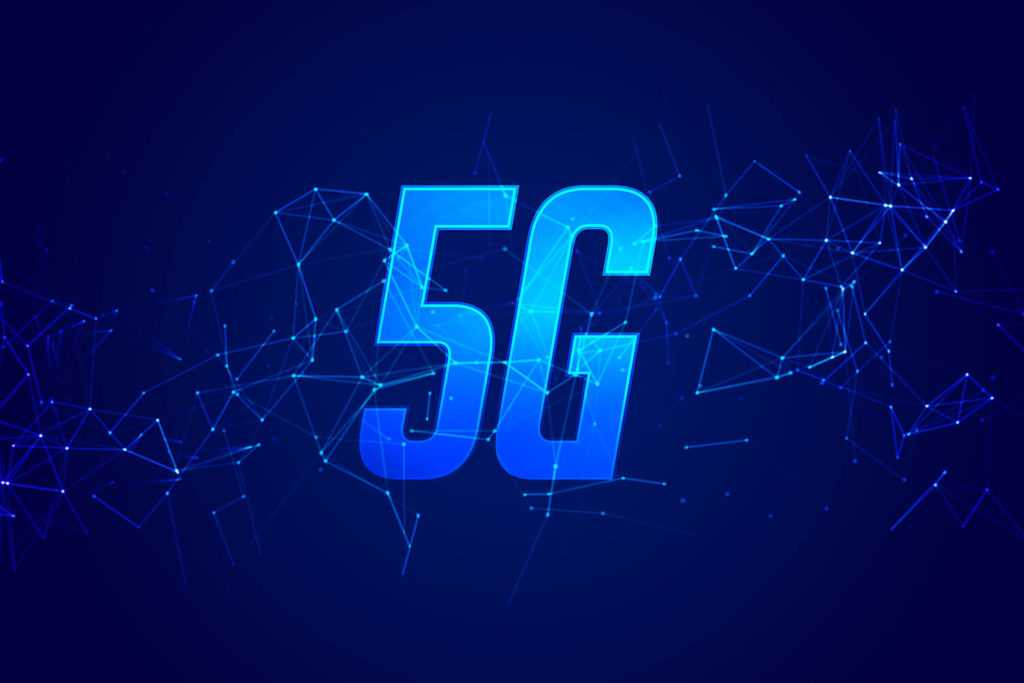You may have read the news about a recent study that found that heavy cell phone use could cause cancer. This is just one of many studies that have been conducted on this subject, and as such, it needs to be taken with a grain of salt. The World Health Organization (WHO) states it’s too early to tell if this radiation can cause cancer, but will continue to analyze the evidence. In other words: we really don’t know yet what long-term effects there are from using a cell phone but we should at least be aware of what some of the risks are.
What is the link between cell phones and cancer?
Research suggests there may be a link between cell phones and cancer. While the effects of radiofrequency (RF) energy from cell phone use have been studied for years, many questions remain unanswered. And as with any potential risk, it’s important to consider how much harm might come from this exposure–such as how often a person would need to use a cell phone to put himself at risk–and what harm could come from not taking any precautions. Despite the unknowns, collecting data is crucial to better assess how cell phones may affect our health.
How are people exposed to this radiation?
When you’re on a cell phone, your voice is travelling through the air as electromagnetic radiation. The cell phone produces RF energy when it’s turned on and operating at full power to connect with the wireless telephone network, but most of this energy is absorbed by the device itself and dissipated as heat. Only a fraction of 1 percent reaches the air around you, and even less reaches your body.
Once this energy does reach your body, it spreads out in proportion to the distance the signal has travelled; the farther away you are from a cell phone tower or another source of RF radiation (such as radio or TV transmitters) the weaker the signal is when it arrives. The depth of penetration depends on a number of factors, including the frequency and power level used by the transmitting device.
How does the radiation from a cell phone affect cells in your body?
Radiofrequency (RF) is one form of non-ionizing radiation. Non-ionizing radiation has enough energy to move atoms in a molecule around or cause them to vibrate, but not enough energy to remove electrons or break chemical bonds. Unlike ionizing radiation–such as that used in X-rays, nuclear power plants and airport scanners–RF energy does not cause DNA damage that can lead to cancer.
But there’s also concern about how lower energy forms of non-ionizing radiation might affect living tissue. RF from cell phones is in the same frequency range as microwaves from microwave ovens and radar signals used by police search for speeders. Researchers have been studying the possibility that this type of radiation might cause cancer or other health problems.

What does research suggest?
Researchers have looked at the possibility that RF energy might cause cancer. Animal and human studies on this subject have shown some correlation between cell phone usage and cancer but nothing is conclusive:
- A study from 2011 linked heavy cell phone use to a 40 percent increased risk of glioma, a type of brain cancer, but those findings may have been due to problems with the study, not the radiation from cell phones. The findings, which need to be confirmed before drawing any conclusions, do not prove there is a link between cell phone use and cancer.
- A study from Scientific American found that long-term exposure to radiofrequency radiation from a cell phone may cause a type of brain tumour called a schwannoma. It also found DNA damage and evidence of abnormal sperm formation in male rats exposed to radiofrequency radiation from a cell phone for one hour per day over two years. The findings are troubling but it’s not clear if they apply to humans or animals, so more research is needed to know if the results of these studies apply to people.
- Another study by the National Center for Biotechnology Information from 2019 suggests that radiation from cell phones may contribute to heart disease risk, but there is not enough evidence at this point to determine whether or not a link exists between cell phone use and heart disease risk.
What are the risks?
The general consensus is that any potential risk from cell phones would be greater for children than adults because their brains and bodies are still developing. Children’s skulls and scalps absorb more RF energy (2% to 6%) than adults (0.04% to 2%) since they usually hold cell phones closer to their heads and their thinner skulls allow RF energy better penetration, according to the National Cancer Institute (NCI). But until more studies of children and cell phones are done, it’s too early to tell if there is a health risk.
Also, the findings of many studies have shown that cell phone RF energy exposure decreases sperm count and mobility increases oxidative stress (damage) in the semen and reduces testosterone levels. All of these effects may be detrimental for reproduction. More research is needed to examine if RF energy affects these parameters of human health and reproduction, but at this point, the recommendations include limiting the time you use a cell phone or using it with a headset, earpiece or speaker.

How about phones on 5g Networks?
5g networks are the latest network over which cell phones will communicate. The frequencies on which they operate are higher than previous networks, so there is more radiation being emitted. There are concerns about this type of radiation because it has not been researched enough. Studies need to be done to see if the high frequency of 5g waves can harm humans in some way.
What are some other sources of low levels of non-ionizing radiation that we encounter every day?
Other sources of low levels of non-ionizing radiation include:
- Television and monitor screens
- Microwave ovens
- Fluorescent lighting (compact fluorescent lights, “CFLs”)
- Radio Wave-based baby monitors
- Bluetooth devices such as cell phones, printers and PC headsets; cordless landline home phones emit lower levels of radiation than wireless phones
- Wireless Internet appliances such as wireless routers, which emit low levels of RF energy similar to a cell phone
How do you reduce your risk of exposure to radiofrequency energy emitted by a cell phone?
- Turn your phone off more often. While a cell phone is on, it emits RF energy – even when you are not actively using the phone. According to the National Cancer Institute, storing a cell phone in a pocket or clipped to a belt increases the user’s RF exposure by 20-30%. A headset allows the user to keep their cell phone farther from the body.
- Limit your cell phone use when reception is poor and/or reduce the amount of time spent talking on the phone. When signals are weak or lost, phones emit higher levels of RF energy to maintain communications with cell towers. Phones also emit higher levels of RF energy to make up for the strength lost during transmission when they are held away from the head during calls.
- When you must make a call, consider keeping it short – even with a powerful phone and strong signal. According to the FCC, cell phones have different SAR levels depending on the maximum power of each transmission – so the same model can vary in how much RF energy it emits depending on how you use it.
- Keep calls brief when in a moving vehicle. If you are in a fast-moving car, bus or train, your exposure could be higher because your phone will be held more closely to your ear with the cell phone next to the part of your head that is nearest to the ground.
- Use speaker mode or a headset with your cell phone. By doing so, it keeps the RF away from the head. The further the antenna is from your ear, the lower the SAR level.
- Limit children’s use of cell phones and encourage them to text or email rather than talk. Children may be at greater risk, according to the WHO.
- Use a low-radiation phone. Even with the weak emissions of cell phones, it is recommended to look for “the lowest SAR level below 1.6 watts per kilogram (W/kg) as noted on the FCC Website.”
- If convenient, use corded landlines as much as possible. For those who absolutely must spend a long time on their cell phones daily, it’s recommended to use a corded phone whenever you can. While cordless home phones have their own RF emissions, corded landline phones have no such emissions.
Conclusion
Cell phones and cancer: We don’t know all the answers yet. Studies on cell phone use and brain tumour risk are ongoing, as this WHO report discusses. While some studies have found no increased risk of glioma or meningioma with long-term cell phone use, other studies (one by the National Institutes of Health) have found an increased risk of glioma. However, based on these studies, the International Agency for Research on Cancer (IARC) does not think there is enough information to say cell phones definitely cause cancer. The WHO recommends keeping up with new research so you are aware of the latest findings. Cell phone use has become a common part of our daily lives. With new technology and research, our understanding of the link between cell phones and cancer is constantly evolving – so the best way to be prepared is to be aware.

